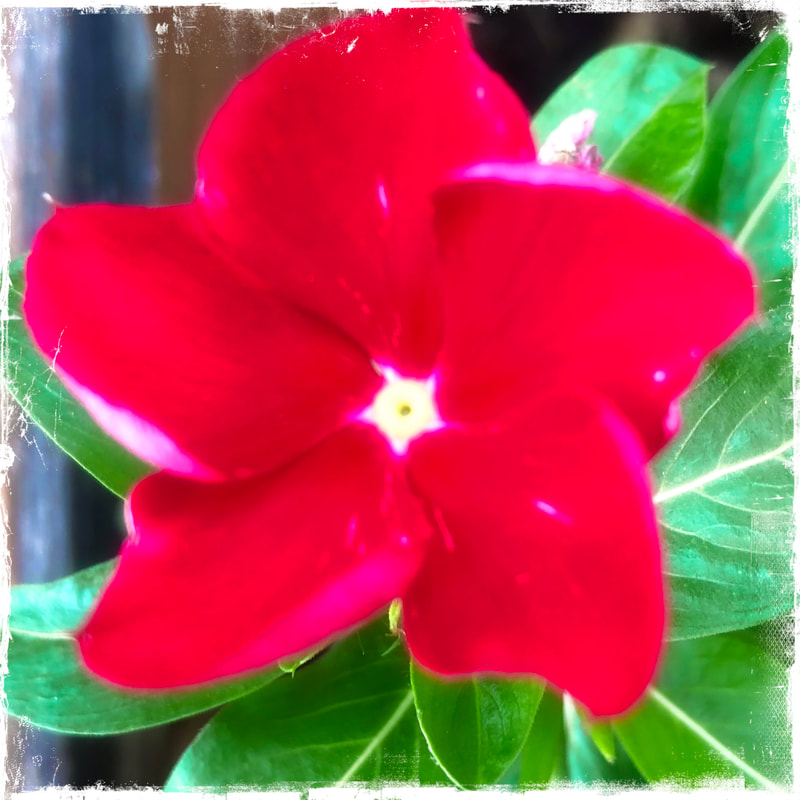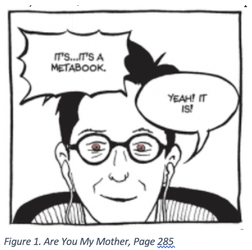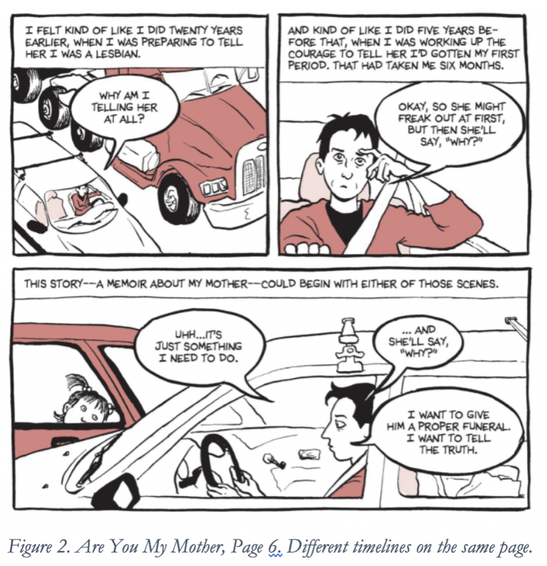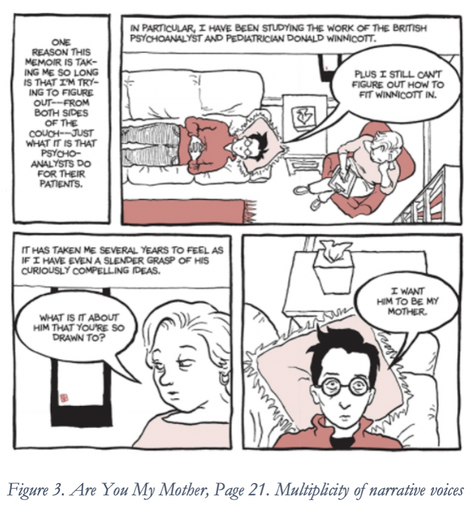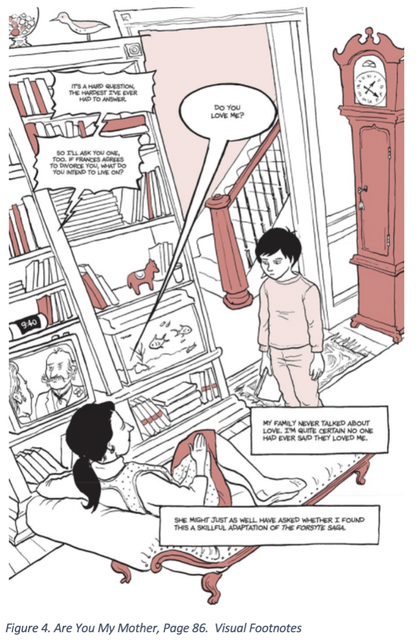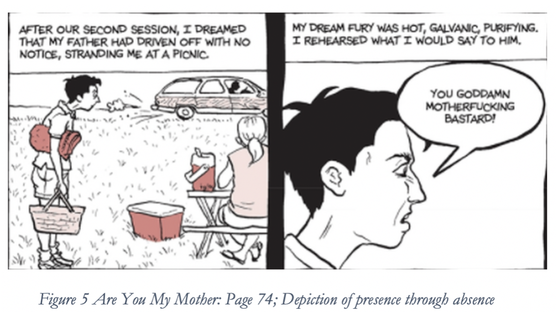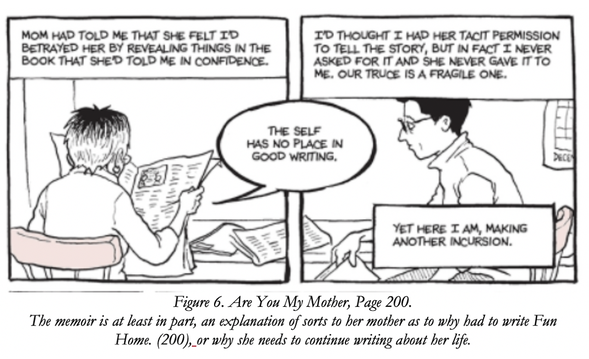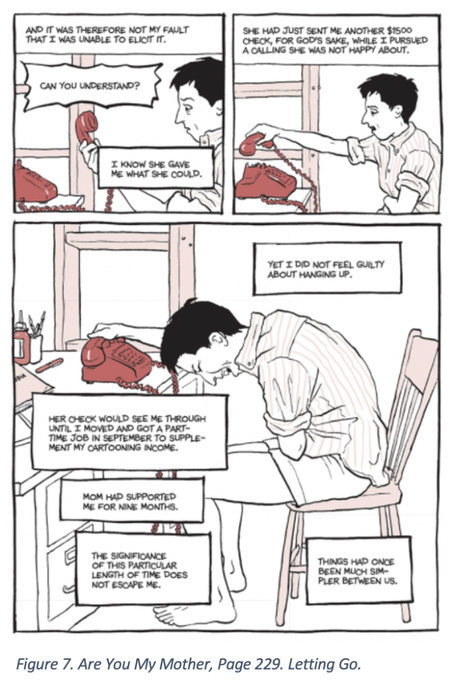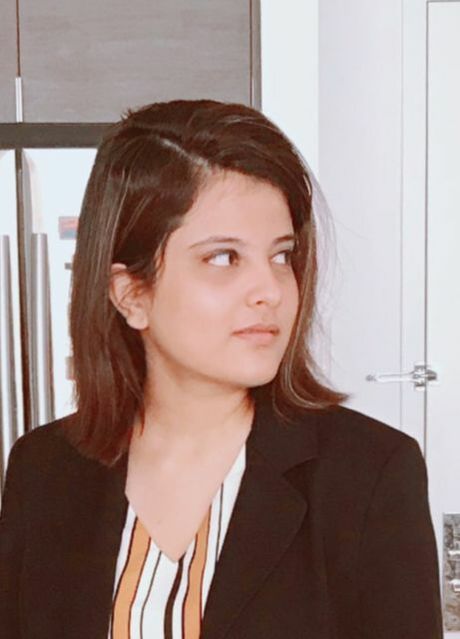ASSAY: A JOURNAL OF NONFICTION STUDIES
5.2
5.2
|
Kay Sohini Kumar is a doctoral student in English at Stony Brook University. Her research focusses on graphic narratives, ecocriticism, diaspora studies, and marginal literatures. Both her academic and artistic work seek to examine how graphic narratives possess an openness to difference that is often missing from normative models of discourse, and how this characteristic can be utilized (by artists and scholars alike) to represent marginalized voices, whether in conflict spaces, from ethnic minority groups, in queer spaces, or from the disabled community. She has recently presented her work at the MLA, SALA, and NeMLA.
|
